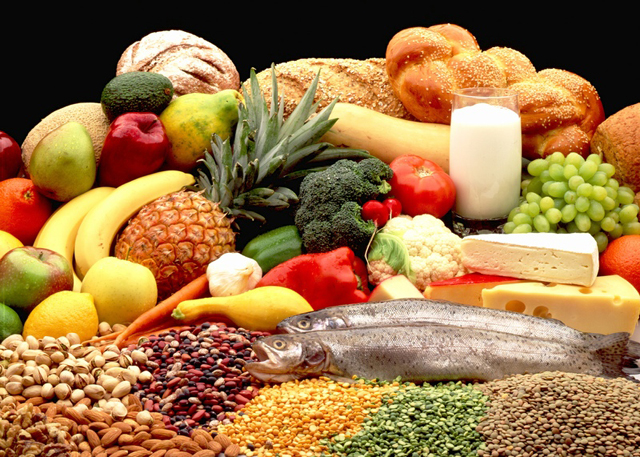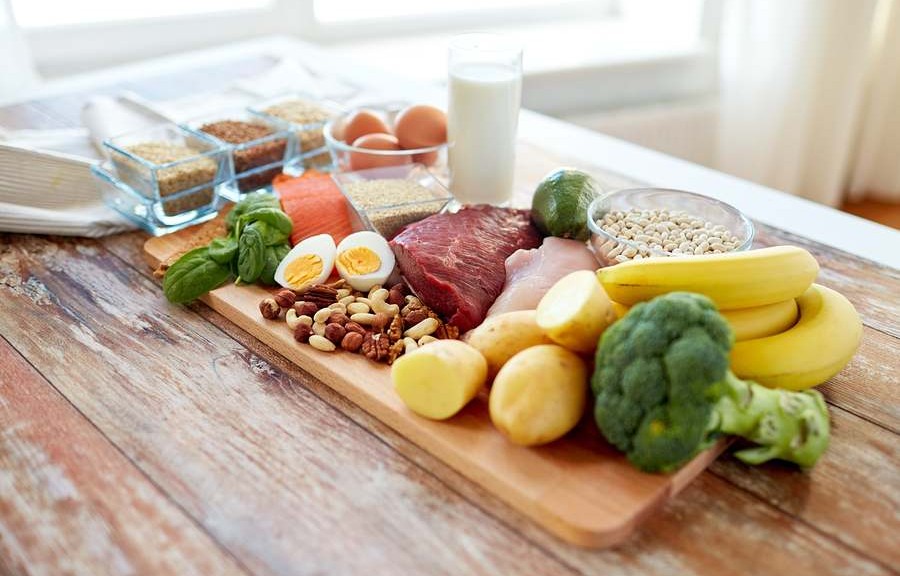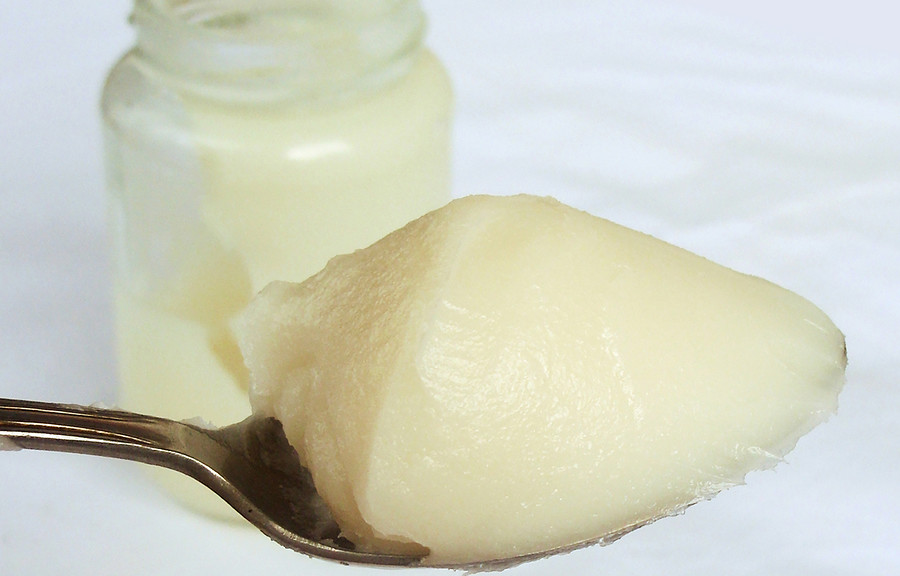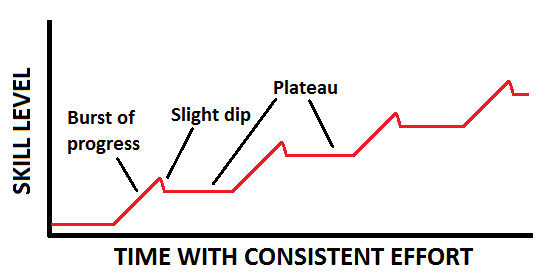Introduction
Nutrient density – just what exactly does it mean? In the first part of this two-part series, I took at look at Dr. Fuhrmann’s and Mat Lalonde’s work on nutrient density. In short – Dr. Fuhrmann based his calculation on “Nutrients per Calorie”, and his nutrient-selection for this analysis was suspect at best. Mat Lalonde stuck to known essential nutrients, and his formula included a rigorous statistical analysis, but basically worked out to “Essential Nutrients per Unit Mass”. Overall, I agreed with Lalonde’s approach for the most part, while Fuhrmann’s work seemed biased towards vegetables on purpose, and ignored the valuable contributions from animal foods.
That said, I think Fuhrmann’s analysis does illustrate that there are indeed foods that provide a lot of nutrients while providing little to no calories, Continue reading Nutrient Density Part 2 – My Take on Nutrient Density






